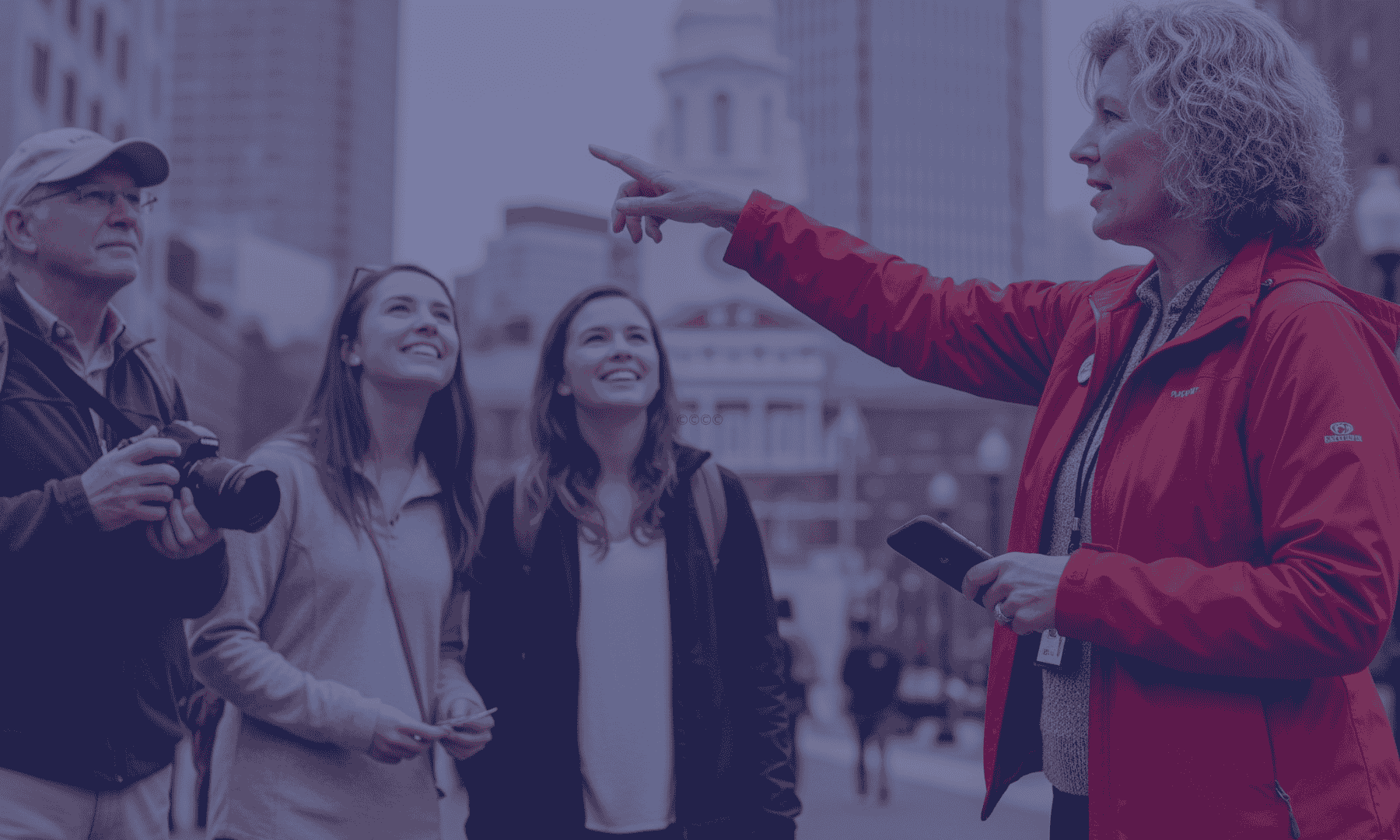Ayah Hammad Moh'd, an architect and urban planner, works as a project manager at the United Nations Human Settlements Programme (UN-Habitat) in Jordan. Her team has been actively reaching out to vulnerable communities around the country, including the city of Al-Mafraq. Using a simple and effective digital community mapping method, they mapped out Al-Mafraq's most vulnerable neighborhoods and developed urban land use plans that truly reflect local needs.
During this multi-phase, multi-city project, they refined their community engagement methods along the way. Ayah explains, "In the first phase, we utilized an old-fashioned manual mapping methodology, printing physical maps and engaging the local community and key stakeholders to identify challenges, needs, and opportunities directly on the maps. As we transitioned to the next phase, we aimed to adopt a more innovative, efficient, and user-friendly approach to enhance the process.”
Their solution? Choosing the Maptionnaire Community Engagement Platform.
It's a simple and user-friendly tool…. After the training, we were able to efficiently develop our questionnaire within a single working day.
Ayah Hammad Moh'd, Urban Program Officer at UN-Habitat
"I was excited," Ayah reflects on when she first saw the Maptionnaire platform, "It's a simple and user-friendly tool…. After the training, we were able to efficiently develop our questionnaire within a single working day." Then, they used the map-based questionnaire – or maptionnaire – to collect insights during community workshops.

With a bit of help from facilitators, responding to the map-based questionnaire was accessible even for participants without smartphones or literacy skills – a truly top-notch example of how planners can enrich workshops with digital tools. And not only was input easy for respondents, but the planners also appreciated Maptionnaire's back-end features. It was easy to export the results into GIS to analyze data and make maps for their report.
During analysis, something caught Ayah's eye: while local government stakeholders had a broader understanding of the challenges, the local community had a deeper insight into the specific details. Her key takeaway, "People who actually live the challenges are the ones most efficiently capable of identifying them." An excellent reminder of why we do community mapping in the first place.






.jpeg)
.webp)

.webp)


.webp)
.png)















































